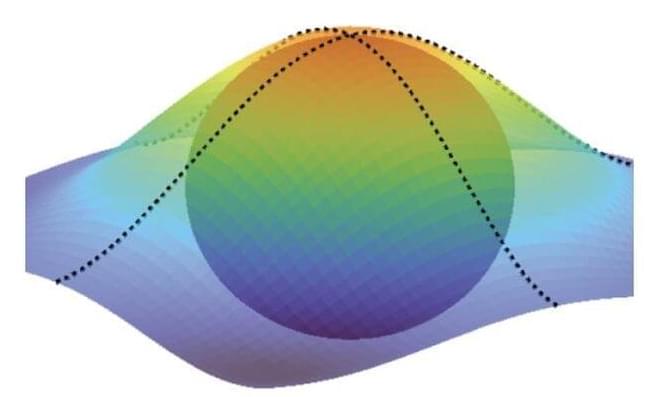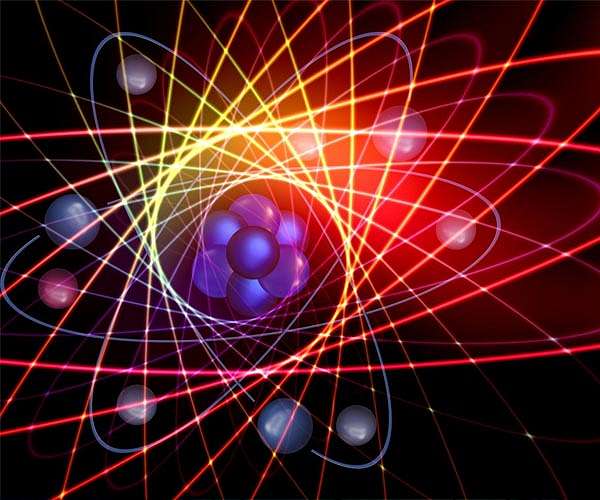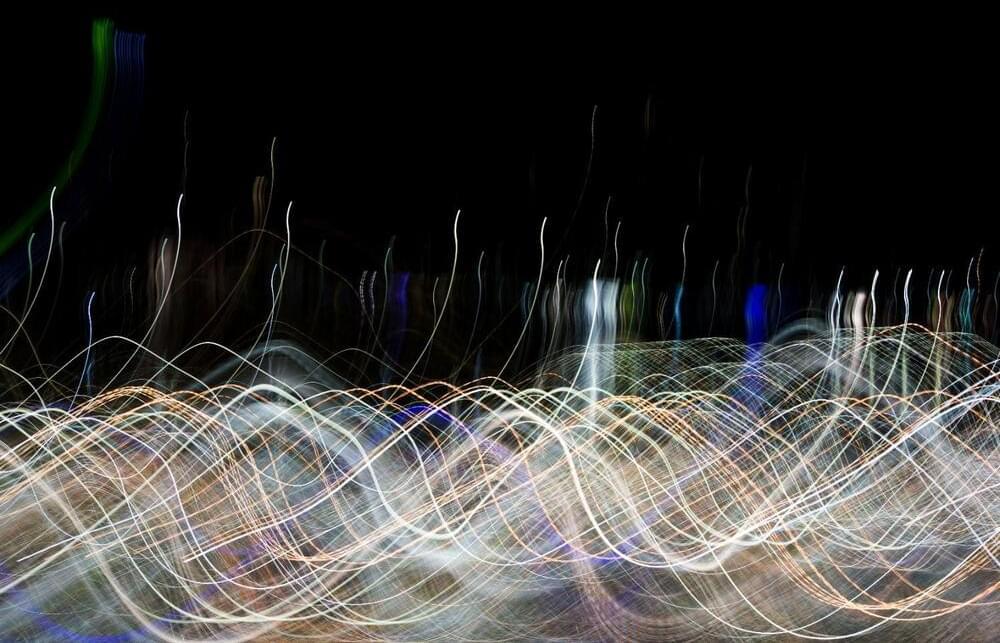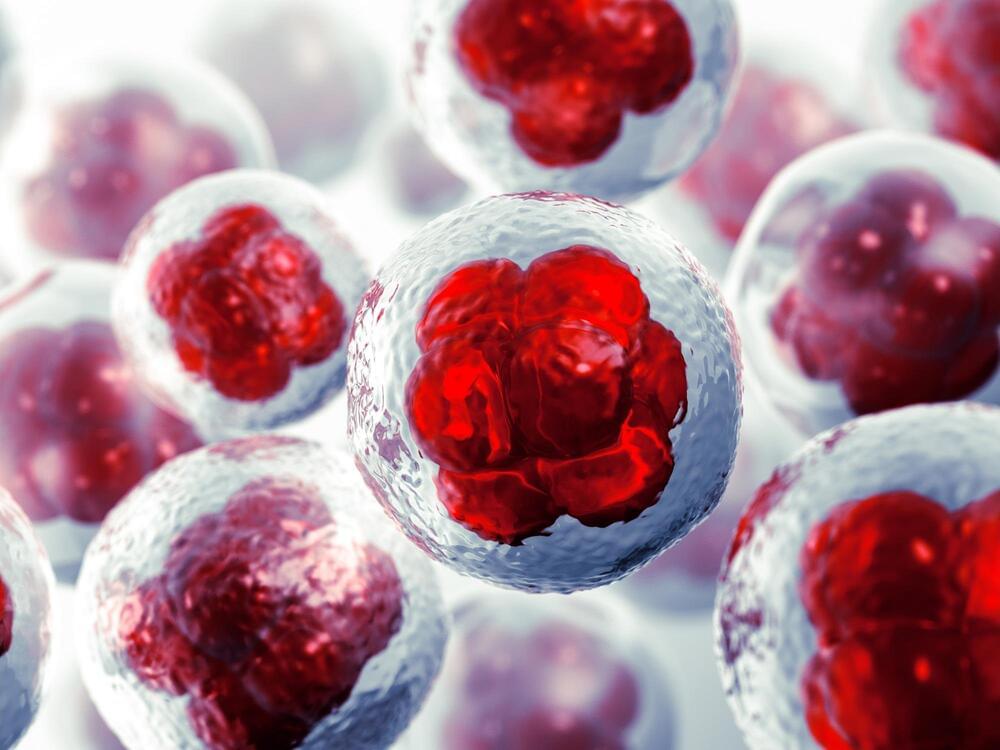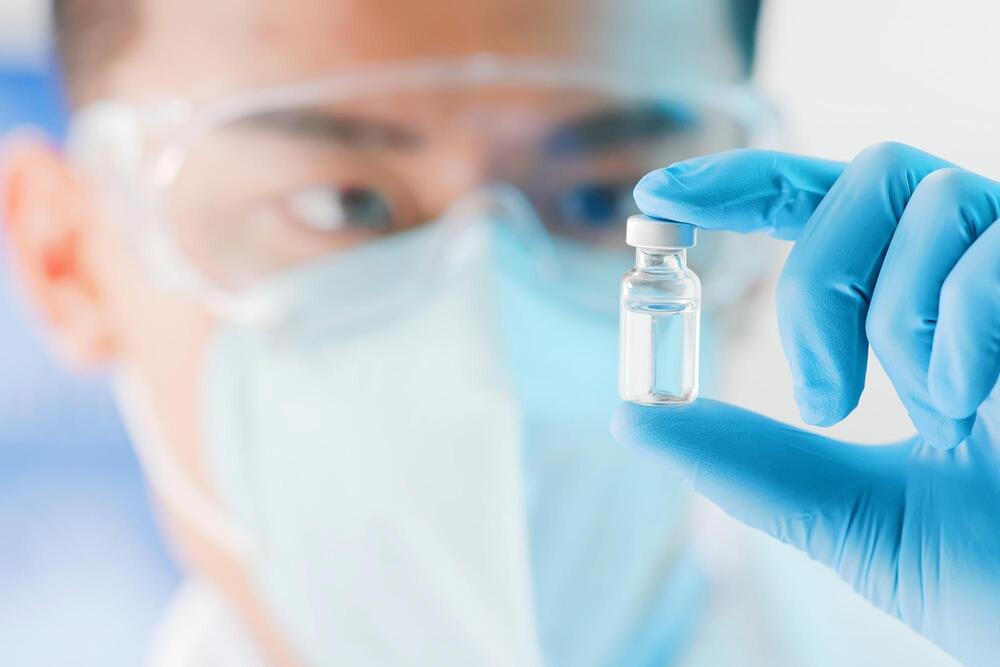The University of Science and Technology of China has achieved a significant milestone in quantum memory research, addressing a long-standing challenge in integrated solid-state devices. The team, led by Chuan-Feng Li and Zong-Quan Zhou, has demonstrated an integrated spin-wave quantum memory capable of extended storage times and on-demand retrieval. This development marks a critical step toward scalable quantum networks.
Quantum memories play a pivotal role in enabling long-distance entanglement by linking short-distance connections, overcoming photon transmission losses. Rare-earth ions doped crystals have emerged as promising systems for quantum memory, with integrated solid-state devices showing particular potential. However, prior implementations were limited to optically excited states, which inherently restrict storage time and retrieval flexibility due to the short lifetime of these states.
The breakthrough lies in the implementation of spin-wave storage. This approach encodes photons into spin-wave excitations in ground states, vastly extending storage times to the spin coherence lifetime and enabling on-demand retrieval. Nevertheless, the challenge of separating single-photon signals from noise caused by strong control pulses has hindered progress in integrated structures — until now.


